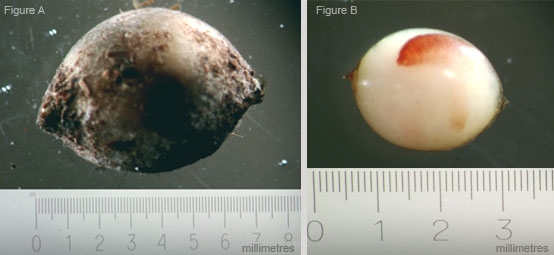How do earthworms spread?
There are no native earthworms in most of Canada and the northern United States because they were wiped out during the last ice age (11 000 years ago).
- European earthworms were likely introduced to North America when settlers brought plants and soil from Europe which contained earthworms or their cocoons (egg cases)
- They may also have been introduced by ships that used soil as ballast, which was dumped on shore to adjust the weight of the ship
- Similarly to ballast water, which is often contaminated with aquatic invasive species, soil used for ballast probably contained earthworms or cocoons
- Due to these activities, earthworms have been found around human settlements in North America since the late 1800s
- More recently, earthworms from Asia have been found in North America but have not yet been reported in Alberta

Spread within Alberta
- There are at least 14 species of non-native earthworms in Alberta
- They are present in cities and towns but have not yet spread into some remote areas
- Scientists first began noticing earthworms in forests in the foothills of Alberta in the mid-1980s
- Our research in the boreal forest of northern Alberta suggests that they may have been present in some areas since the 1950s, while other areas have either recently been invaded or have no earthworms present
- Earthworms are estimated to spread only 5 to 10 meters per year on their own
- Because of this slow rate of spread, human activities are extremely important for earthworm spread
- Earthworms can be introduced to forests by anglers dumping their leftover bait on land or in the water
- Vehicles can transport earthworms or cocoons in their tire treads
- Earthworms and cocoons may also be transported along streams
Native Earthworms
- Some areas of North America that were not glaciated have native earthworms
- In Alberta, one native species has been found in the Porcupine Hills, an area that was not covered by glaciers
- This species does not appear to have spread from that location